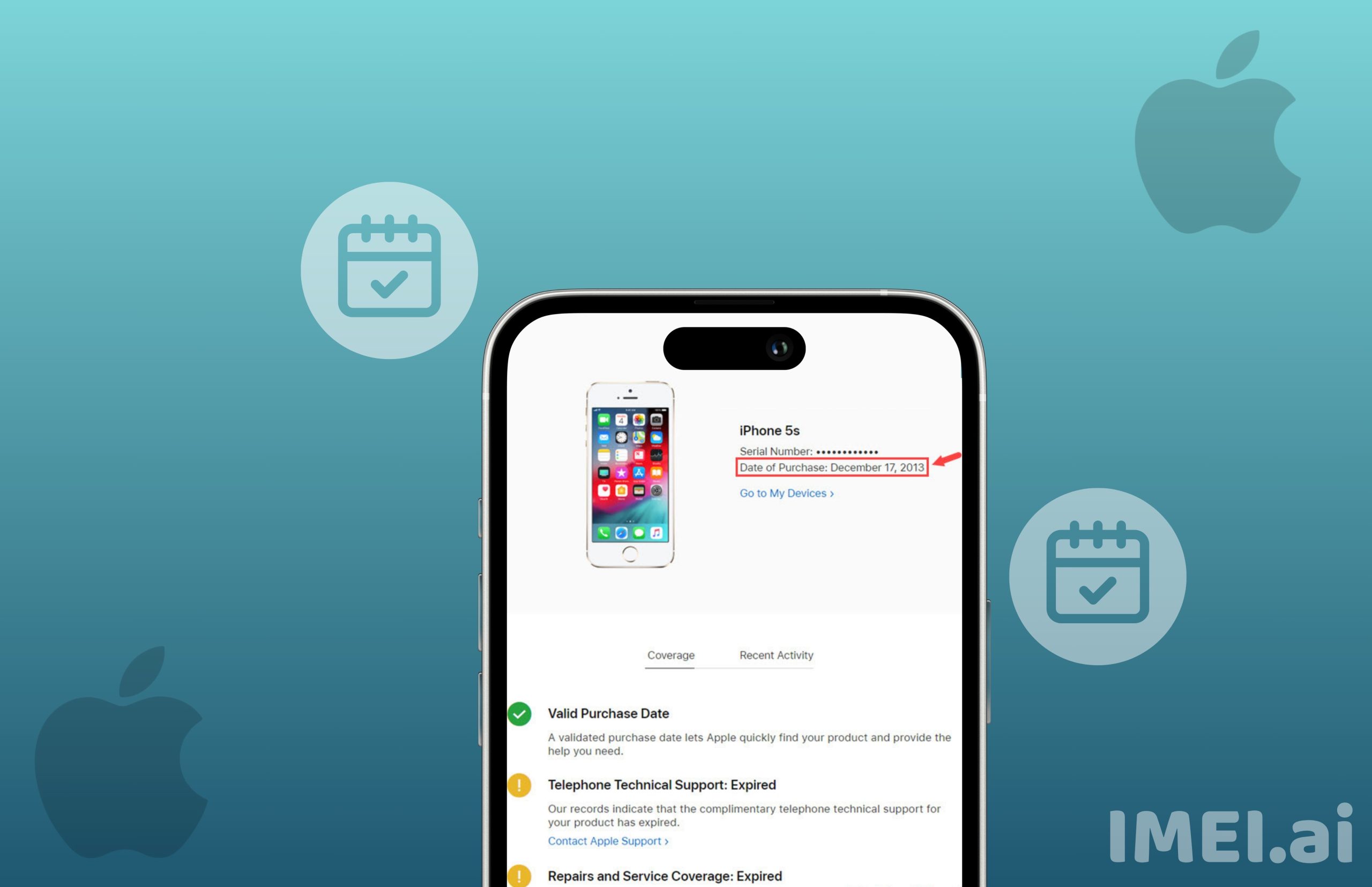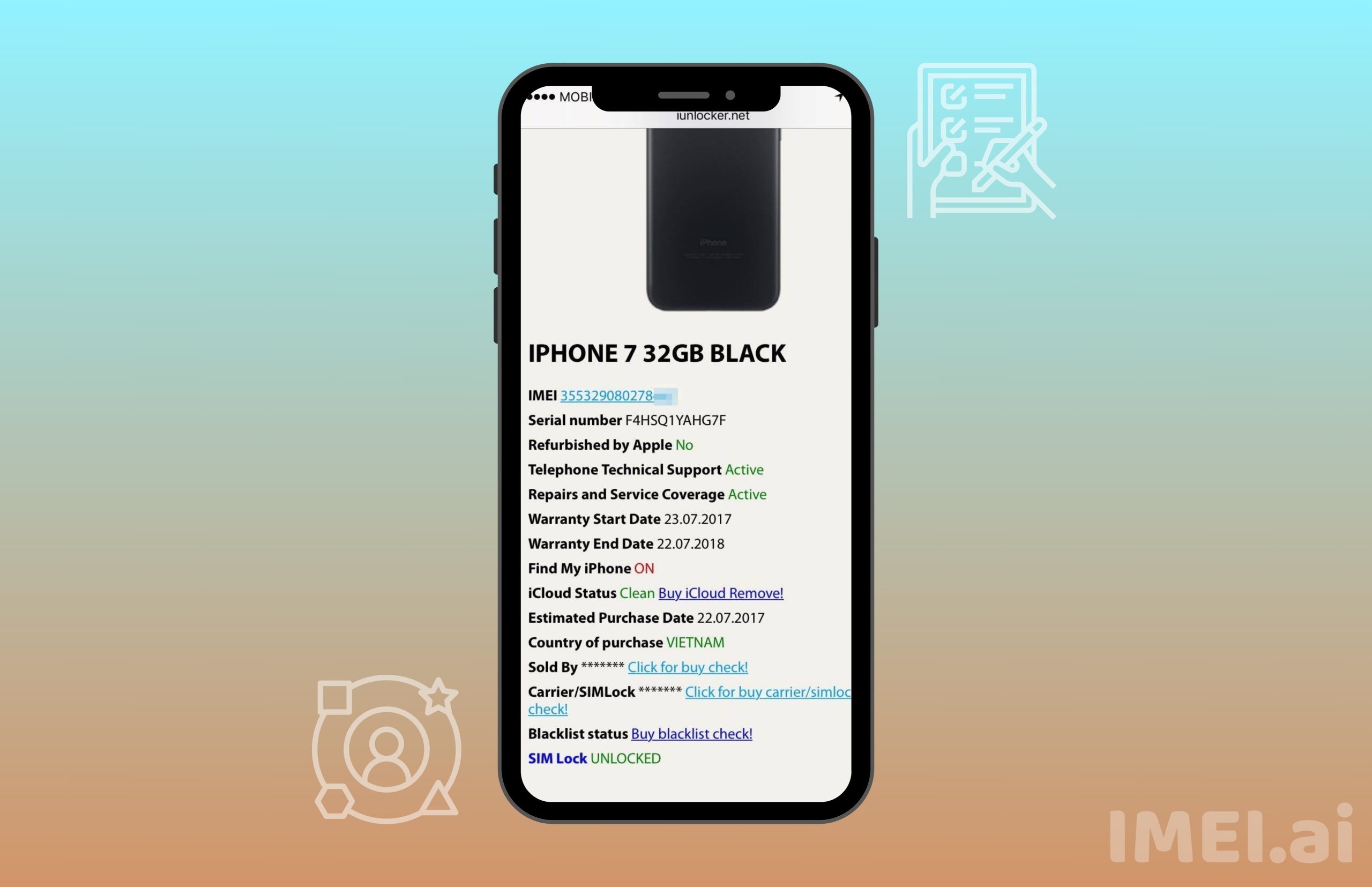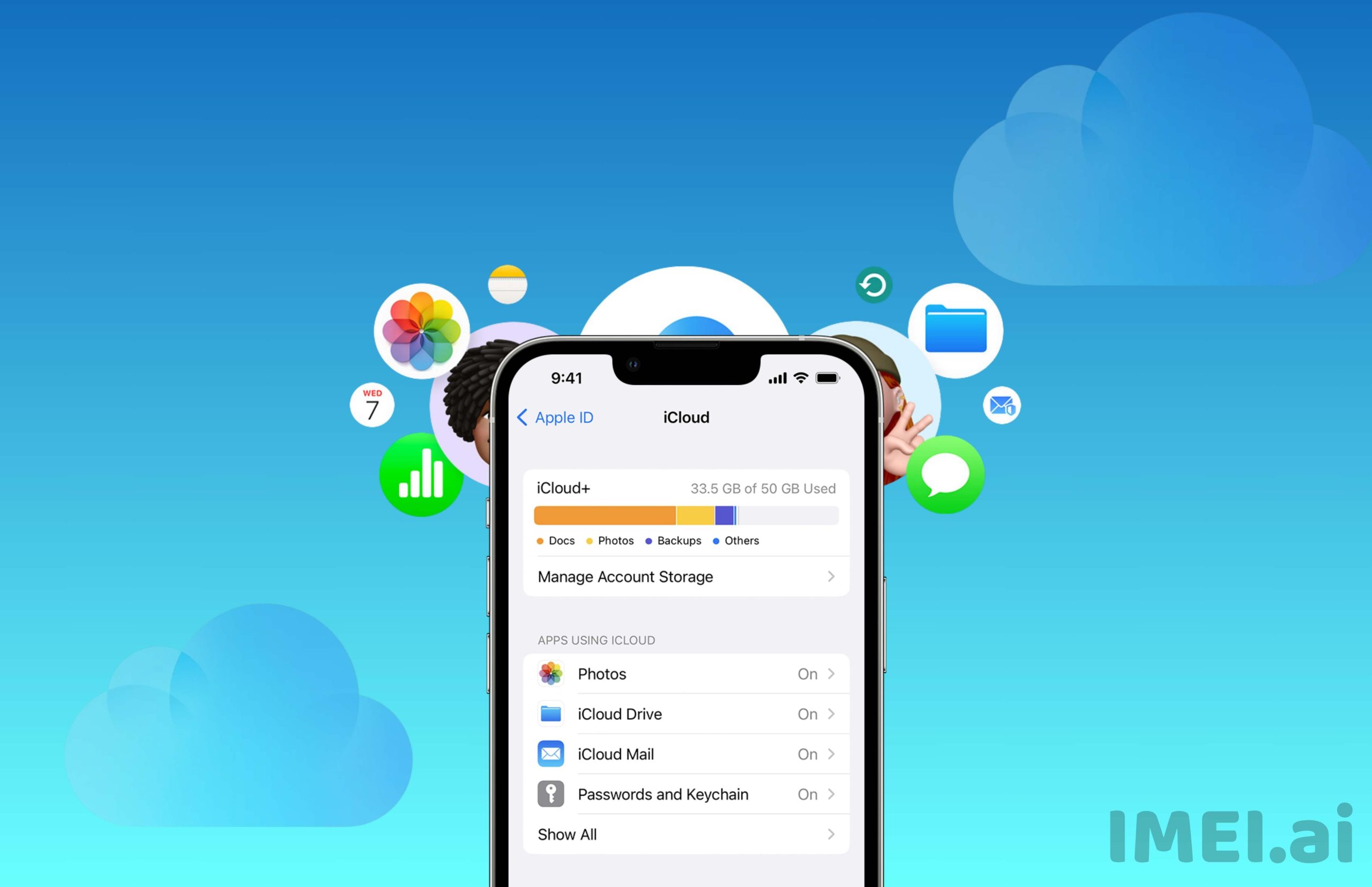
- Guides
Seamless Transition: How to Convert Your SIM to eSIM
September 14, 2023
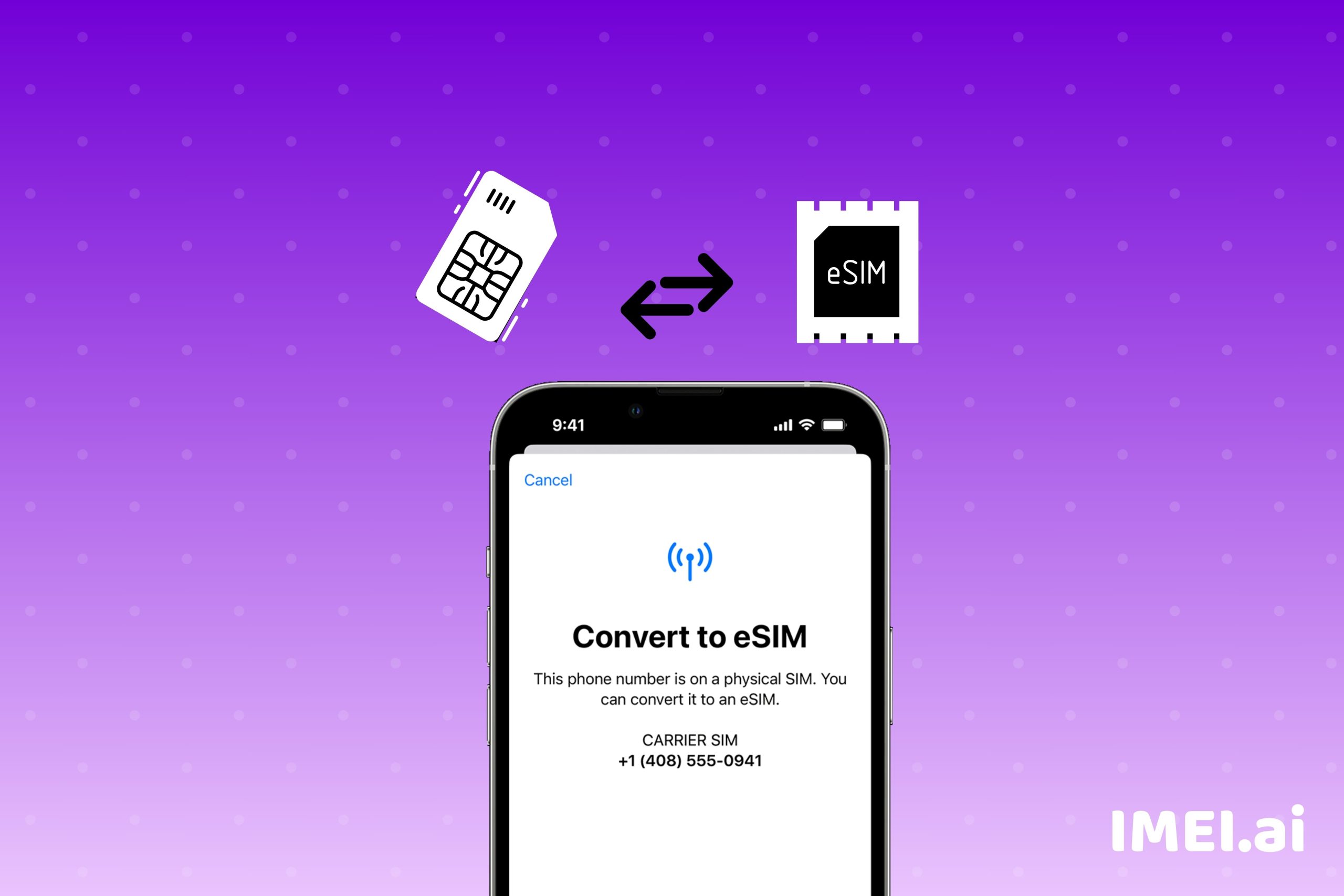
Convert Your SIM to eSIM, Are you tired of having to deal with real SIM cards and the trouble of having to change them out anytime you travel or change phones? Say farewell to those small bits of plastic, though, since eSIM is a revolutionary new technology. Your mobile experience will be more fluid than ever thanks to this ground-breaking technology, which enables the seamless conversion from conventional SIM cards to electronic SIMs. This article will define an eSIM, go into its many advantages, and walk you through the process of switching your SIM to an eSIM. Prepare to enter a brand-new realm of comfort and adaptability!
Table of Contents
What is an eSIM?
A digital SIM card known as a “embedded SIM,” or simply “eSIM,” replaces the requirement for a physical SIM card in your mobile device. An eSIM is integrated into the device itself, as opposed to conventional SIM cards that are placed inside phones or tablets. You may connect to cellular networks and use phone, Internet, and message services using it just like a standard SIM card.
The eSIM has many benefits over the traditional SIM due to its small size and electronic nature. Since a real SIM card slot is no longer required, space on your smartphone is freed up. If you have a smaller phone or tablet where every inch of space counts, this might be really useful.
When it comes to changing carriers or adding new plans, ESIMs provide an unmatched level of ease. You only need to digitally activate your preferred carrier plan on your device’s eSIM to avoid having to physically change out SIM cards and deal with any compatibility difficulties.
Additionally, utilizing an eSIM gives you more freedom while visiting foreign countries. You may easily download local carrier profiles onto your eSIM as required, saving you from having to carry around a variety of physical SIM cards from other countries or paying high roaming fees with your home carrier.
The transition from traditional SIM cards to eSIM technology increases convenience by doing away with the necessity for physical swaps and allowing for greater choice when it comes to carriers or international travel. Continue reading to find out how to transform your current sim card into a fantastic electronic one.
The Benefits of an eSIM
Our devices are getting more sophisticated and compact as technology advances. The electronic SIM card, often known as the eSIM, is one such invention. In contrast to conventional physical SIM cards, eSIMs are integrated into your device, doing away with the requirement for a physical card that is prone to loss or damage.
The adaptability of an eSIM is one of its main advantages. The days of needing to swap between many SIM cards when visiting another country are long gone. Multiple profiles can be stored on a single device using an eSIM, enabling hassle-free switching between various mobile networks.
The practicality of eSIMs is another benefit. You won’t need to fiddle with small bits of plastic anymore to put or take a SIM card out of your phone. The activation process for an eSIM is as easy as scanning a QR code given to you by your network operator, and presto! You are prepared and set up to go.
Aside from convenience, eSIMs also provide increased security. They can never be physically lost or stolen since they are physically attached to a device. Knowing that your data and personal information are safely saved on your smartphone gives you piece of mind.
Additionally, using an eSIM enables easy integration across several linked devices, including tablets and wearables. Without the need for unique SIM cards for every device, you can manage all of your devices through a single platform with ease.
For tech-savvy people looking for the best connectivity options in today’s digital world, switching from a traditional physical SIM card to an eSIM offers a number of advantages, including increased convenience during the activation and usage process, increased security for safeguarding personal information, and flexibility in choosing mobile networks while traveling abroad.
How to Convert Your SIM to eSIM
Are you bored of having to deal with real SIM cards and the trouble of having to change them out whenever you change phones or go on vacation? Enter eSIM, a cutting-edge technology that provides a smooth transition away from conventional SIM cards. It’s simpler than you may imagine to go from a SIM to an eSIM, and there are several advantages.
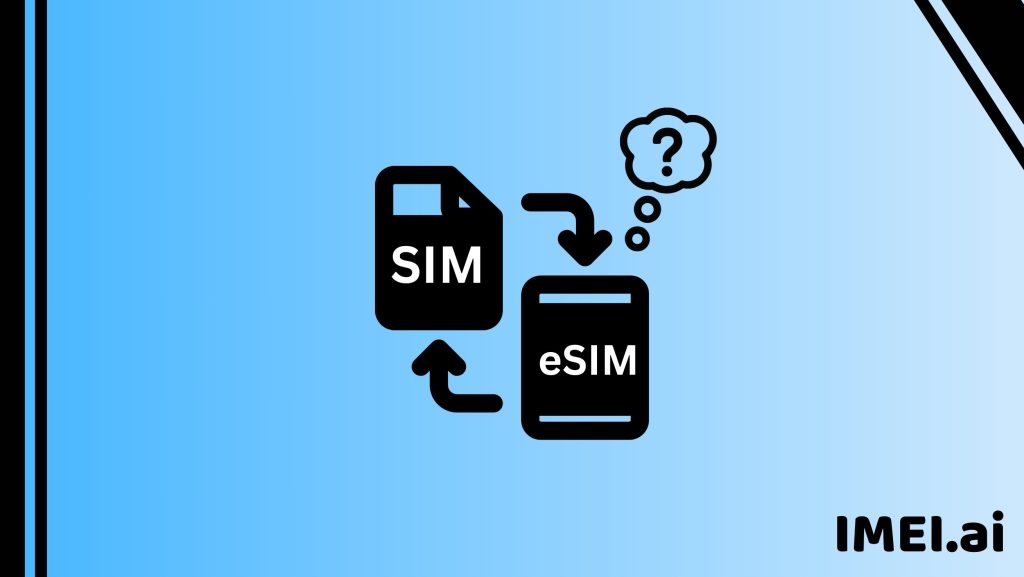
Check to see if your smartphone has eSIM capabilities before changing your SIM to an eSIM. The majority of contemporary smartphones and tablets do, although it’s best to confirm. Contact your mobile network operator to get an eSIM activation code if your handset is eSIM compatible.
Once you have the activation code, go to your device’s settings menu and choose “Mobile Data” or “Cellular Data.” Select “Add Cellular Plan” or a comparable option from there. Your phone will ask you whether you want to manually input the activation code or scan the QR code that your network provider has given.
Wait a few minutes until your phone connects to the new cellular plan after inputting the essential data. Once linked, you may take advantage of all the features of an eSIM!
Many advantages come with converting to an eSIM, including increased freedom when moving devices or networks without the need for physical SIM cards. Additionally, it makes traveling abroad simpler because you may keep using your original number and only add local data plans.
But before switching, think about things like compatibility with older devices (which could still need real SIMs) and possible restrictions on supported networks and nations.
Having an enabled eSIM makes managing several numbers easier as well, which is great for people who require different lines for personal and professional use! So stop fumbling with little bits of plastic and welcome this technical innovation right now!
Things to Consider When Converting to eSIM

1. Compatibility: It’s crucial to confirm that your device is compatible with eSIM technology before switching from a conventional SIM card to one that uses the eSIM technology. While many modern tablets and smartphones now include this capability, older devices might not be compatible.
2. Network Support: The amount of support for eSIMs provided by various mobile network carriers varies. Before converting, it is crucial to do some research and evaluate the possibilities that are offered in your region. To make sure you select a provider who suits your needs, consider aspects including coverage, data plans, and pricing strategies.
3. Backup Options: It’s essential to have a backup plan when making the transfer from a physical SIM card to an eSIM in case something goes wrong with the conversion or if you need to use a different network when traveling overseas. You can use an eSIM and a traditional SIM card concurrently on some smartphones thanks to dual-SIM capabilities.
4. Data Transfer: Once the new eSIM has been properly enabled, you will need to transfer your current data onto it if you presently use a traditional SIM card. This procedure normally entails asking for help from your mobile network operator using their web portals or apps.
5. Security Measures: Ensuring the protection of your personal information is crucial when switching to an eSIM, as it is with any technological change. Always remember to adhere to recommended practices, which include creating strong passwords and turning on two-factor authentication for any accounts connected to your device.
6. Customer Support: Before making the transition, take into account the degree of customer care provided by both your existing mobile network provider and possible new carriers offering eSIM services. Having dependable customer support may make any problems that may come up during or after the conversion process much easier to address.
When switching from a physical SIM card to an eSIm, you may make judgments concerning compatibility, network support, data transmission, and general security measures by taking these considerations into account.
Conduct careful research and, if required, ask your mobile network provider for assistance to ensure seamless integration.
How to Use Your eSIM
As soon as you switch from a traditional SIM card, using an eSIM is simple. To utilize your new eSIM, follow these simple steps:

1. Activate your eSIM: You must activate your eSIM after changing your SIM to it. Typically, you may access this through your device’s settings menu or by scanning a QR code that your cellular operator has given.
2. Select your network: After activation, you will be given the option to choose your chosen network operator. You may have a variety of options depending on where you are and what networks are supported.
3. Manage multiple profiles: The ability to switch between multiple profiles without physically changing cards is one of the main benefits of utilizing an eSIM. Right from your device settings, you may manage several profiles for usage both personally and professionally.
4. Switching devices? No issue! Your eSIM profile may be easily transferred if you update or change devices. There is no need to physically exchange SIM cards; simply disable it on the old device and activate it on the new one.
5. Enjoy seamless connectivity: Enjoy the advantages of having dependable cellular access anywhere supported networks are present with an active eSIM, whether at home or when traveling abroad.
You may take full use of an eSIM’s ease, adaptability, and unbroken connectivity by following these simple steps!
Conclusion
Converting your SIM to an eSIM is a revolutionary new technology that allows for a seamless transition from conventional SIM cards to electronic SIMs. An eSIM is a digital SIM card integrated into the device itself, eliminating the need for a physical SIM card. It allows users to connect to cellular networks and use phone, Internet, and message services like a standard SIM card.
The eSIM’s small size and electronic nature make it a useful tool for smaller phones or tablets. It also offers ease in changing carriers or adding new plans, as users can digitally activate their preferred carrier plan on their device’s eSIM. Additionally, eSIMs provide more freedom when visiting foreign countries, as users can easily download local carrier profiles onto their eSIM.
The benefits of eSIM include increased adaptability, practicality, security, and easy integration across multiple devices, including tablets and wearables. The process of converting your SIM to an eSIM is simpler than you might imagine, and it offers several advantages.
To convert your SIM to an eSIM, check if your smartphone has eSIM capabilities and contact your mobile network operator for an eSIM activation code. This technology offers numerous advantages for tech-savvy individuals seeking the best connectivity options in today’s digital world.
FAQ
Should I convert my SIM to eSIM?
In light of this, we advise against switching your physical SIM to an eSIM just yet unless you are registering for a new plan with a carrier and acquiring an eSIM to start with. There is a chance that everything will go as planned, but there is also a risk that you’ll have extended service outages.
What is the disadvantage of eSIM?
For an emergency, switching gadgets might be challenging. What happens, for instance, if your phone suddenly stops working? With a physical sim, you can easily take it out of one phone and put it in another. An eSIM prohibits doing that.
Why is eSIM not popular?
There are no eSIMs for older phones: eSIMs can’t be used with earlier phone models because they are a relatively new technology. Data transport is more difficult: In order to recover your contacts, texts, and other material from a broken phone, you must download your data from the cloud.
